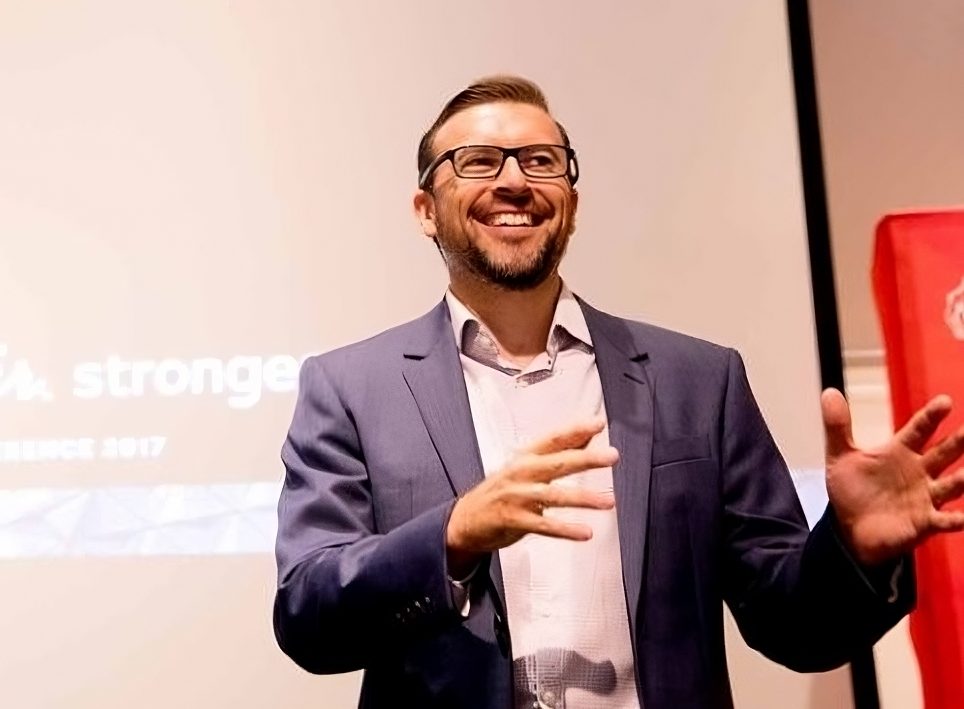Have you ever been in a situation where you unwillingly said “yes”? You wanted to say “no”, but found it too difficult to utter that small word and ended up compromising yourself. You can control your decisions and not find yourself there again if you apply some proven principles.
We have the mentality that saying “no” is unacceptable. Somehow offensive or upsetting. Mostly, because we do not want to be on the receiving end of that word, feeling put down, denied or rejected. We care about how other people feel and do not want to inflict negativity toward them. This is why when someone asks anything from us, it’s extremely hard to say “no” even when we feel we lack the capacity to fulfil their expectations.
This two-letter word evades us because most of us hard-wired the same. We want to please people. We want them to like us. We try to avoid conflicts and we are wary of unfair judgment toward us. More people are non-confrontational than combative.

But we can say “no”. We just need to learn how to do it graciously. There are skills and principles we can apply to become more comfortable with this word, but first you need to understand why saying “no” is often better than saying “yes”.
- Saying “no” now means you can say “yes” later to someone or something else.
- Saying “no” to the many allows you stay aligned to your priorities.
- Saying “no” helps you work faster and better on the those tasks you have already committed to.
- Saying “no” preserves the boundaries of your capacity and is healthy for you in the long run.
The real art of effective leadership (and followership) is learning what to say “yes” to rather than assuming this is the right answer to every request and question.
Don’t feel compelled to say “yes” to your boss all the time. At the risk of inciting mild rebellion, I encourage my own team members to “serve the mission, not the man”. If I ask for things that work against the greater good, they should challenge me. If I ask for things that take them off other higher priorities, they are right to resist. If I ask for things that simply don’t make sense or risk overloading them, they are right to ask questions before blinding complying, helping to evaluate the order in which some things should be completed.
Remember the cliché, nobody likes a “yes” person (…or do we?). Sometimes this is exactly what we expect, even to our end eventual detriment.
Learning how to say “no” is great practice for the workplace. When engaging with your partner or family, some of you are more deft with this two-letter word than you give yourselves credit. . Instead of worrying whether our family might reject us or feel hurt, we have developed the art of communicating openly our limitations. Eventually, this approach strengthens our relationships. Sensitive honesty avoids resentment building up and lays the foundation for true understanding and trust.

And “no” is not meant to be a “FOREVER” word. It’s temporary. It relates most often to that request in that moment for that task. I like to remind others that there is always a “next time”. I welcome them to reach out again in the future if they need help on something else, as my circumstances and capacity may be different then, and the rejection is of the task, not of them personally.
So, here’s a few specific things to remember when saying “no” graciously.
- Just say it.
Keep it brief and actually say “no”. Don’t be cryptic or lead them on with false expectations. Don’t defer an answer if you know an inevitable “no” is coming. Be courteous and respectful, but equally unequivocal..
- Give a short explanation.

Not that you are required to always, but it helps sometimes to tell people why you’re declining. You don’t need to come up with lengthy and complicated reasons. The more simple and candid you are with your reasons, the more likely they’ll understand and accept.
- Be firm.
You don’t need to be overly-apologetic for declining. You also must be resolute when they appeal your decision. If you open yourself too quickly to capitulating on their requests, they will quickly learn that they simply need to ask more than once to overcome your first instinctive objections. Hesitation on your part may signal them to keep pressuring you more.
- Show gratitude and grace.
Like you, they may find the word “no” to be aggressive or negative. Thank them for thinking of you as someone to ask for assistance, and remind them you intend no offense.
- Practice saying the word.
As the saying goes, practice makes perfect. It’s easier to say “no” when it’s a familiar word. Rehearse how you want to say it before you need it. Get used to hearing it come out of your mouth. Slowly, it will become a word you fall in love with 😊
Don’t say “yes” when you meant to or should have said “no”. Your ability to use this word responsibility reflects the measure of personal control you have over your life. The next time you get faced with an ultimatum…”yes” or “no”…think of what you want and what you need, and the strategic dependencies of those around you, and be decisive. It’s your call.

















0 Comments